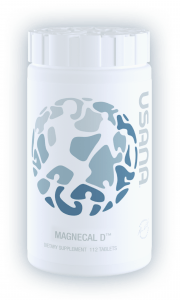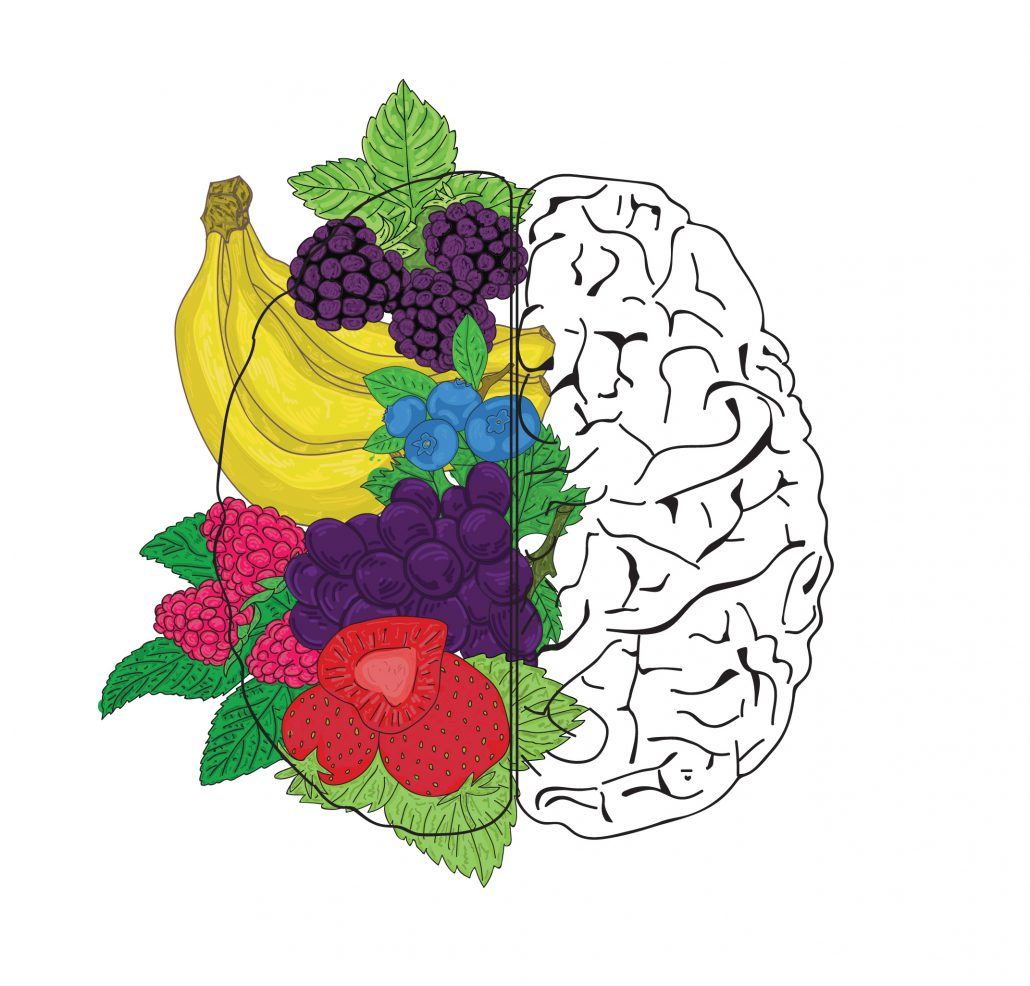Cell Signaling: How Your Cells Talk To Each Other
Every minute of the day
your body completes complex tasks. Whether it’s maintaining body
temperature or keeping your hand away from a hot stove, your trillions
of cells do all the talking needed to help you function. This effective,
efficient form of communication is a process called cell signaling.
The network needed to send and receive these messages is complex. It
consists of an army of messenger molecules to spread the signal across
and between cells (signaling molecules). They’re seeking targets that
receive the initial signal (receptors). And finally, the interaction of
messengers and receptors creates a final cellular consequence (the cell
responding to the initial signal).
Cell signaling molecules come in multiple forms. Sometimes the
signaling happens within the cell itself. In other cases, cells send
messages to neighbors or other cells a great distance away. These
signals can be:
- Chemical compounds (example: nutrients and toxins)
- Electrical impulses (example: neurotransmitters inducing electrical signals along nerves)
- Mechanical stimuli (example: stretching of the stomach to signal you are full)
Chemical Signaling
There are four general methods of chemical signaling. They’re broken
down by the distance each signal travels between sending and receiving
cells.
- Autocrine Signaling: When cells send signals to
themselves, this how they do it. In autocrine signaling, the cell
releases a chemical signal that binds to a receptor on its own surface.
This method may seem strange, but autocrine signaling is important. It
helps cells maintain integrity and divide correctly. This is crucial
during development and helps cells reinforce their identity.
- Paracrine Signaling: This takes place across short
distances between two cells. This method of communication allows cells
to coordinate movement and activity with their neighbors. An example of
this is called synaptic signaling. That’s when signaling occurs across
the tiny gap between two neurons. This gap is also known as a synapse.
You can also call these neurotransmitters. They send messages from
neuron to neuron to help our brain and central nervous system work
together.
- Endocrine Signaling: To send messages across long
distances, cells use this method. Endocrine signals travel through the
bloodstream to reach target tissues and cells. Signals that originate in
one part of the body and travel to their target through the bloodstream
are called hormones. Growth hormone (GH) is a great example. The
pituitary gland releases this hormone, which stimulates growth in cells,
cartilage, and bones. In this example of endocrine signaling, GH leaves
the pituitary gland and travels through the blood stream to the cells
throughout the body. The hormone then instructs your bone and cartilage
cells to divide, helping you grow taller and stronger.
- Direct-Contact Signaling: Gap junctions—tiny channels that
connect neighboring cells—are found in plants and animals. These gap
junctions are full of water and allow small signaling molecules to
travel across the channel. This is cell signaling through direct
contact. It allows for entire groups of cells to respond to a signal
that only one cell received.
Electrical and Mechanical Signaling
Chemical signaling isn’t your body’s only form of communication. Many
cells also respond to electrical or mechanical signals.
Two well-known
examples of this would be regulating your heart beat (electrical) or
signaling muscle growth following exercise (mechanical).
Your heart is composed of four chambers. Two supply blood to the
lungs while the other two send blood to the rest of the body. Dividing
the work means your heart does not beat all at once. It’s not like
flexing a bicep. The heart beats more like a wave moving across the
ocean. This very defined beating pattern is initiated and synchronized
by electrical signals.
Mechanical signals (think physically changing the shape) in muscle
cells can lead to their growth and strength gains. When muscle cells are
stretched—otherwise deformed or damaged—calcium ions flood into the
muscle cell. This flux of calcium ions is the intermediary, changing the
mechanical signal into a chemical one. The presence of calcium ions
signals a number of cell signaling pathways inside of the muscle,
including hormones responsible for muscle growth.
Two of your senses—touch and hearing—are additional examples of mechanical signaling.
Your skin’s sensory cells respond to the pressure of touch. And sensory cells in the inner ear and brain react to the movement of sound waves.
Whether it’s chemical, electrical, or mechanical, these processes
share a similar goal.
The human body has developed a number of
mechanisms to sense, respond, and adapt to your environment—inside and
out.
How Cells Recognize and Respond to Signals
Large proteins called receptors help cells recognize signals sent to
them. Receptors can be located both inside and outside of the cell or
anchored into a cellular membrane. Signaling happens when specific
molecules bind to their particular receptors. You see, this is a highly
specific process—just like how a lock and key work.
There are two classes of receptors: intracellular and cell-surface
receptors. Location is important, so you can probably guess how they got
their names.
Intracellular receptors are located inside the cell. Signal molecules
must travel through pores in the cell’s membrane to reach this type of
receptor and elicit a response.
Cell-surface receptors are easier to get to. These receptor proteins
are embedded in the cell’s membrane. They bind with signaling molecules
on the outside of the cell, but ultimately relay the message internally.
Whether the signal is received inside or outside of the cell doesn’t
matter. Once a signal molecule is properly bound to the correct receptor
protein, it initiates cellular signaling inside the cell.
These intracellular signaling pathways amplify the message, producing
multiple intracellular signals for every bound receptor. The amplified
signal then propagates throughout the cell and elicits a response. This
doesn’t just happen one at a time.
Cells receive and respond to multiple
signals at once.
Cell Signaling’s Role in Maintaining Health
The purpose of cell signaling is to respond and adapt to your
internal and external environment. Since they help your body adjust,
properly functioning cell-signaling pathways are essential to
maintaining and promoting health. So when cell-signaling pathways work
well, your body runs smoothly.
And the environment—internally and externally—can impact your cells.
That’s because your cells are really just “bags” of chemical reactions.
They require specific conditions to make the reactions work.
That includes proper temperature, pH, and energy status. Your cells
need to sense these conditions. If any of these three factors changes
outside of a very small range of tolerance, all of that biochemistry
stops. That’s when serious problems can occur.
For example, our normal body temperature is 37°C (98.6°F). A variance
of only +/- 3°C (+/- 5°F) can be life threatening. Hypothermia can set
in at 35°C (95°F). If our temperature raises to just 40 °C (104 °F)
because of dehydration, exposure to extreme heat, or fever, it is an
equally life-threatening situation.
Your body’s pH is similarly tightly regulated. Our normal pH is 7.4.
If it falls below 6.8 or raises above 7.8, irreversible cell damage
ensues.
You need a tremendous amount of energy to run your body. That’s why
regulating energy is important. Just like the temperature and pH
examples above, your body tightly regulates its energy balance.
Through
cell signaling pathways (some directly related to
glutathione),
our cells have the ability to turn energy production up or down as
needed.
If energy balance falls out of its very tightly regulated normal
range, cellular function is critically impaired.
Detoxification is
another example of signaling helping with cellular maintenance. You’re
constantly exposed to toxins, either inadvertently through our diet and
environment or directly through the consumption of alcohol or
medications. Through an extensive signaling network, your cells can
sense when they are exposed to toxins.
Recognizing the presence of a toxin kicks off a process that deals
with it. That starts with upregulating the appropriate cell signaling
pathways. This will ultimately ramp up
your detoxification mechanisms. If your body didn’t have the inherent mechanism literally built into its DNA, every day would be a challenge.
The body’s ability to constantly sense, adapt, and correct changes in
pH, temperature, energy status, and toxin exposure is essential for
your overall health. And we have cell signaling to thank for that.
Key Nutrients’ Impact on Cell Signaling
Certain things can negatively affect proper cell signaling. These
include an unhealthy diet, a lack of exercise, environmental factors,
exposure to toxins, and the normal aging process. However, recent
research has shown that living a healthy lifestyle along with a number
of vitamins, minerals, and phytonutrients can support cell signaling
pathways.
Your cells utilize several vitamins and minerals to effectively
communicate. Vitamin D, sodium, potassium, magnesium, and number of
others play important roles in cell signaling. Your body needs to
maintain a healthy balance of these key nutrients in order for keep
communicating properly.
Some vitamins and minerals are even directly involved in cell
signaling. They can initiate cell signaling or act as the signaling
intermediates. They are also often required for receptors to work
properly or to help an enzyme function properly after cell signaling has
“turned it on.”
Recent research has also shown that
certain nutrients from plants (phytonutrients) also have direct,
beneficial effects on cell signaling. Only a few examples include:
Eating a diet rich in protein and healthy fats can help your body’s cell-signaling pathways. That’s because
omega-3 fatty acids and other healthy fats are needed to maintain the shape of your cells.
The membrane surrounding each of your cells is made primarily of fats
called phospholipids. These allow the membrane to remain fluid and not
ridged. They also facilitate the free flow of molecules across the
cellular membrane, which ultimately helps with cellular communication.
The last thing you can do to maintain healthy cellular communication
through nutrition is eating foods that protect against damage. Free
radicals and other dangerous forms of oxygen erode healthy cells and
damage DNA, signaling molecules, and proteins. And once damaged, they
aren’t going to work as well.
So taking in antioxidants can defend your cells from such damage.
Keep the Conversation Going
That’s a lot of talk about cell signaling. It’s a complex process
where your cells can talk to themselves, their neighbors, or other cells
far away. But it breaks down into these parts:
- Your cells receive signals through various signaling methods (chemical compounds, mechanical stimuli, and electrical impulses).
- Signaling molecules join the appropriate receptor either on a cell or inside it.
- This triggers a chain of events that incorporates the signal and amplifies it in the cell.
- Finally, the result is a cellular consequence of some sort—which obviously depends on the signal sent.
And don’t lose the importance of this process in the details of how
it works.
All that talking amongst your cells allows them to adapt to
their internal and external environment. This ability to sense, respond,
and adapt makes cell signaling essential to maintaining your health.
Hopefully you understand a little bit about how cell signaling
happens and why it’s important. Now help your cells keep the
conversation going. That means protecting and supporting your cells with
a healthy lifestyle and a diet rich in vitamins, minerals,
phytonutrients, antioxidants, proteins, and healthy fats.
Berridge MJ. Unlocking the secrets of cell signaling. Annu Rev Physiol. 2005;67:1-21.
“Cell Signaling.” Nature News, Nature Publishing Group, 2014, www.nature.com/scitable/topicpage/cell-signaling-14047077. Accessed 19 Sept. 2017.
Cooper, Geoffrey M. “Signaling Molecules and Their Receptors.” The Cell: A Molecular Approach. 2nd edition., U.S. National Library of Medicine, 1 Jan. 1970, www.ncbi.nlm.nih.gov/books/NBK9924/.
Ermak G, Davies KJ. Calcium and oxidative stress: from cell signaling to cell death. Mol Immunol. 2002;38(10):713-21.
Eveleth, Rose. “There are 37.2 Trillion Cells in Your Body.” Smithsonian.com,
Smithsonian Institution, 24 Oct. 2013,
www.smithsonianmag.com/smart-news/there-are-372-trillion-cells-in-your-body-4941473/.
Accessed 20 Sept. 2017.
“Introduction to cell signaling (Article).” Khan Academy,
https://khanacademy.org/science/biology/cell-signaling/mechanisms-of-cell-signaling/a/introduction-to-cell-signaling.
Accessed 24 Sept. 2017.
Martin GS. Cell signaling and cancer. Cancer Cell. 2003;4(3):167-74.
Mattson
MP. Hormesis and disease resistance: activation of cellular stress
response pathways. Hum Exp Toxicol. 2008;27(2):155-62.
Von
essen MR, Kongsbak M, Schjerling P, Olgaard K, Odum N, Geisler C.
Vitamin D controls T cell antigen receptor signaling and activation of
human T cells. Nat Immunol. 2010;11(4):344-9.
Can’t find what you are looking for? Please try your search again or submit a question here
Thanks to www.askthescientists.com for this article.
From Deanna: Usana addresses the cell signaling processes with its new breakthrough InCelligence technology found in many of its products, such as the base product of vitamins, minerals and antioxidants, CellSentials.










